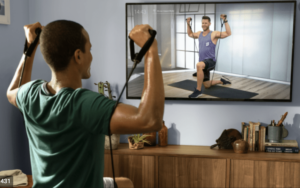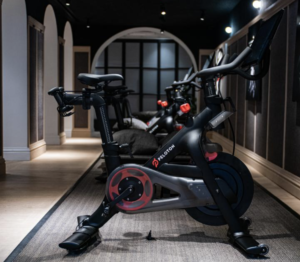 In this series of blogs, I would like to introduce coaches and athletes to a concept that aims to develop players through skills gained and applied outside the usual training and competition environment.
In this series of blogs, I would like to introduce coaches and athletes to a concept that aims to develop players through skills gained and applied outside the usual training and competition environment.
The idea is that coaches and athletes should emphasise a stronger requirement for implementing and developing a range of skills which athletes can use both off and on the rugby field.
I am certain that many visionary coaches out there already recognise this need and therefore this blog will raise awareness for a known idea rather than preach something completely new.
In this first part, I will briefly introduce the idea and try to explain the need for it with some examples. Later on in the series, I will dig deeper and use detailed cases from my own experiences to provide a more precise picture of how this concept could be used in practical terms.
What is a Holistic Athlete Development approach?
The term “Holistic Athlete Development” is based on two ideas. The first is based on the need for the athlete to focus solely on developing skills that are used in a training and the competition environment (TCE). The second is based on how can athletes can apply these gained skills outside the TCE.
As a coach, I often wonder how I can release the maximum potential out of people I work with. How can I help the person I coach to improve and become better in what he or she is doing right now? Undoubtedly, these are the sort of questions that any person in a leadership position should be asking regularly.
However, I also would like to go a step further and add further questions: What other skills can athletes gain to ultimately improve performance and do these skills need to be necessarily relevant to the athlete’s sport?
But why is there a need to gain skills that are seemingly not needed in the environment in which the athlete spends most of their professional time?
The obvious answer is that it allows the athlete to master a range of skills that can be applied in areas off the rugby field in view of the athlete’s ephemeral professional career. One devastating injury and the focus will need to be changed to re-defining a career path.
It is fully understandable that modern age athletes are busy people and gaining a secondary career outside the comfort zone is certainly not easy, however, neglecting this can be costly, especially with the average wage being far below those of an elite sportsperson.
Therefore, having an additional skill set available, that allows entering new career possibilities, can be some sort of parachute when things don’t work out as planned.
Let’s have a look at the brighter side and consider what other benefits this idea can have for active athletes. I believe that in any profession, no matter how busy you are, it is crucial that you keep your brain and body “fresh” with non-regular activities. The process of working alongside strictly structured training plans can be a tedious and stressful task and therefore implementing some well-planned distractions can be a refreshing method to switch-off in a productive manner from everyday routines.
The final argument for this idea is the valuable outcome of a successful skill transfer. Gaining a new range of skills outside the TCE and then managing to implement these skills back into the TCE is extremely rewarding and ultimately benefits both coaches and athletes alike.
Conclusion
These are a few arguments in favour of Holistic Athlete Development. During the course of this series, I will provide more detailed ideas for coaches and athletes. Whether you are an athlete, a coach or a spectator, I hope that this article has inspired your personal philosophy.
Please feel free to discuss or comment on this article below. I believe that a lively discussion can be extremely helpful in improving this approach to athlete development.








 When most people hear the word “Peloton” they think of an expensive black bike with shiny red buttons and that controversial commercial where the husband gifted his wife a Peloton for Christmas.
When most people hear the word “Peloton” they think of an expensive black bike with shiny red buttons and that controversial commercial where the husband gifted his wife a Peloton for Christmas. If the app interests you, Peloton is currently offering a 30 day FREE TRIAL, so why not give it a try? Check it out
If the app interests you, Peloton is currently offering a 30 day FREE TRIAL, so why not give it a try? Check it out 

 This article would not be complete, however, if we did not acknowledge some of the delivery issues that have been plaguing Peloton over the last year. Most of the delivery issues seem to affect U.S. deliveries, however, the UK deliveries have been affected as well.
This article would not be complete, however, if we did not acknowledge some of the delivery issues that have been plaguing Peloton over the last year. Most of the delivery issues seem to affect U.S. deliveries, however, the UK deliveries have been affected as well.







